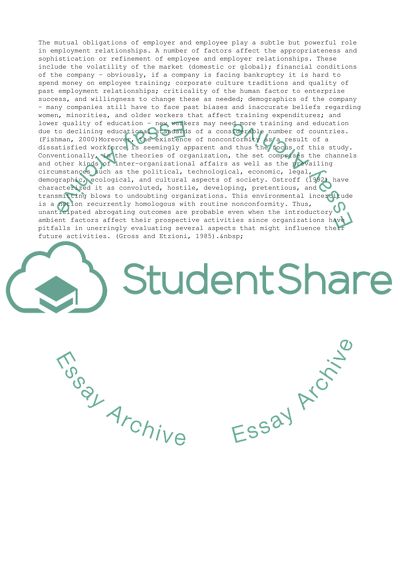Cite this document
(Employee Relations Case Study Example | Topics and Well Written Essays - 2000 words, n.d.)
Employee Relations Case Study Example | Topics and Well Written Essays - 2000 words. https://studentshare.org/business/1710109-employee-relations
Employee Relations Case Study Example | Topics and Well Written Essays - 2000 words. https://studentshare.org/business/1710109-employee-relations
(Employee Relations Case Study Example | Topics and Well Written Essays - 2000 Words)
Employee Relations Case Study Example | Topics and Well Written Essays - 2000 Words. https://studentshare.org/business/1710109-employee-relations.
Employee Relations Case Study Example | Topics and Well Written Essays - 2000 Words. https://studentshare.org/business/1710109-employee-relations.
“Employee Relations Case Study Example | Topics and Well Written Essays - 2000 Words”. https://studentshare.org/business/1710109-employee-relations.


